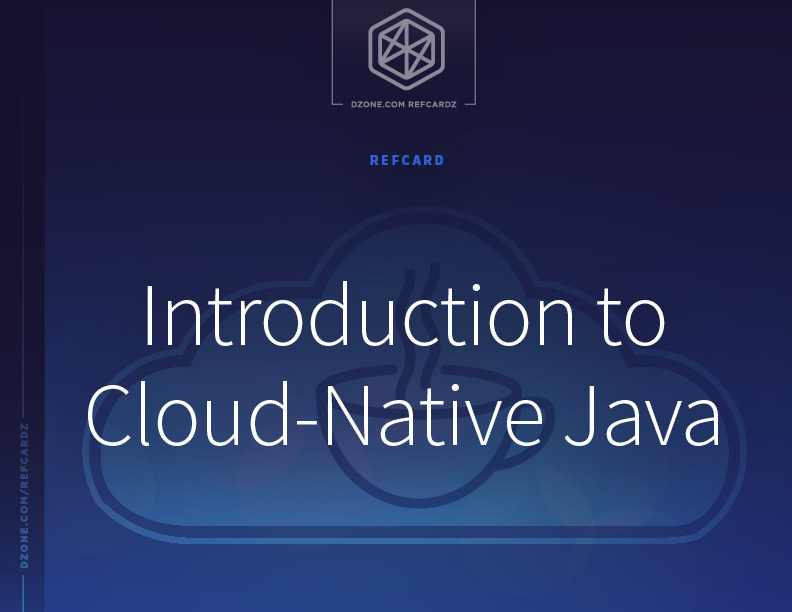To understand the concept, first we need to look into its constituent parts. As VMware puts it, the cloud-native methodology rests upon four pillars: microservices, containers, CI/CD, and DevOps.
A microservice bears several characteristics. It’s a small, individual application component with a high degree of autonomy in terms of deployment and scalability. Microservice architecture represents a set of loosely coupled elements that run independently, each executing its own functionality and communicating with the others via APIs. An alternative to monoliths, microservices are lightweight and great for building clear interfaces.
The wide adoption of microservices makes Docker containers indispensable. They are often opposed to virtual machines since they leverage a separate, more lightweight type of virtualization based on OS instances. A container image is layered and includes everything an application needs to run in the cloud: its code with dependencies, framework, OS packages and the operating system itself, runtime environment, system tools, and libraries. Container size depends on various parameters but always on the base OS image and runtime.
Continuous integration (CI) and continuous delivery (CD) make your application’s release cycle fast, frequent, and reliable. These practices are based on the Agile methodology and depend on automation to push updates into production in small chunks rather than in bulk.
An acronym from “software development” and “IT operations,” DevOps is an overarching concept. It is defined as the union of people, processes, and end-results to ensure automated software delivery. When an organization applies DevOps, every procedure is set toward readying code for deployment at any time: It works within a production-first mindset and a live-site culture. Developers and operations collaborate so that their customers get the highest-quality product.

So, in its purest sense, cloud-native Java development is an approach to building Java and JVM-based applications geared initially toward cloud frameworks instead of being adapted ex-post. Such piece of software should be written with technology native to cloud computing and exhibit at least some of the following features:
- Microservices packaged in containers
- Well-defined APIs for communication
- Support for different user interfaces and devices
- Built-in DevOps practices and CI/CD pipelines
- Low requirements for manual management
- Dynamic horizontal and vertical scalability
- Various datastore paradigms
Why Java?
In 2020, Java celebrated its 25th anniversary. While many other technologies have emerged and disappeared during that time, this language is still moving forward. This is due to the Java Community Process (JCP) that helps optimize Java standards for any progressive needs and its six-month release cadence.
Thanks to Java’s long history, the industry has plenty of Java-based systems, services, and applications. It is competing with Python and JS as the most popular programming language for the Enterprise year after year. Not to mention numerous accompanying tools that simplify Java development: Spring, IntelliJ IDEA, Eclipse, NetBeans, JUnit, and more.
Java remains vibrant in the cloud era thanks to multiple efforts by a number of companies in the OpenJDK and GraalVM projects led by Oracle. GraalVM aids developers in building microservices that satisfy most of the modern cloud requirements.
This is a preview of the Introduction to Cloud-Native Java Refcard. To read the entire Refcard, please download the PDF from the link above.



